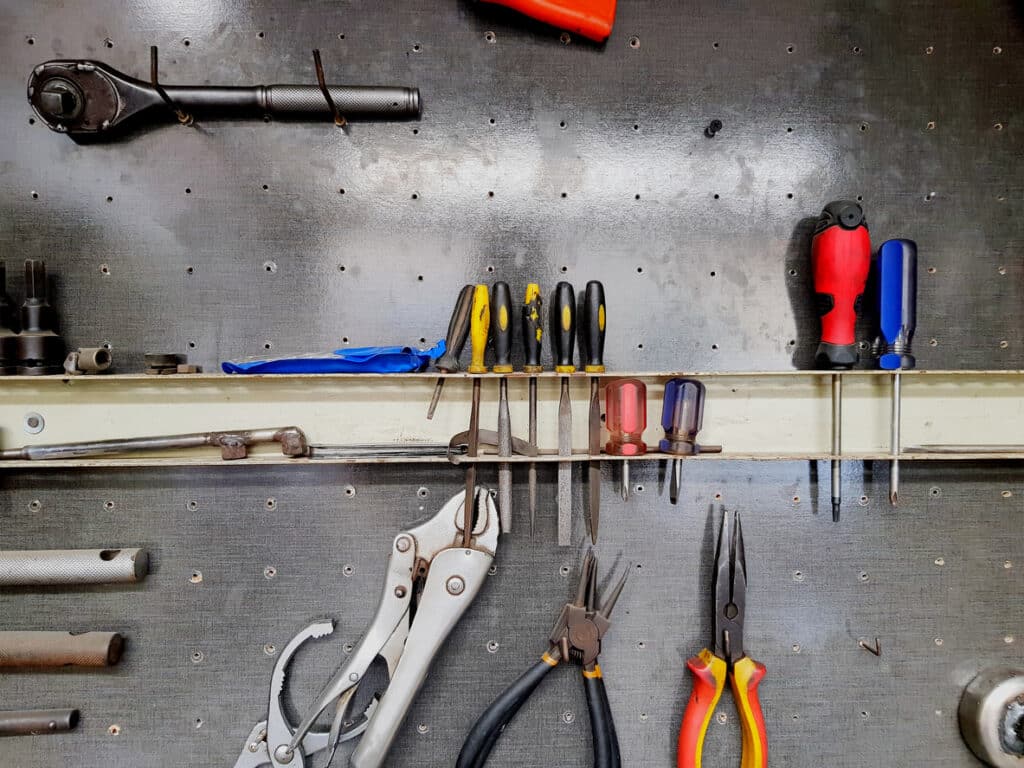
- Massive Range
- FREE UK Delivery
- Rapid Dispatch
- Massive Range
- FREE UK Delivery
- Rapid Dispatch
- Massive Range
- FREE UK Delivery
- Rapid Dispatch
Home » Tips for Cleaning and Maintaining Stainless Steel Surfaces
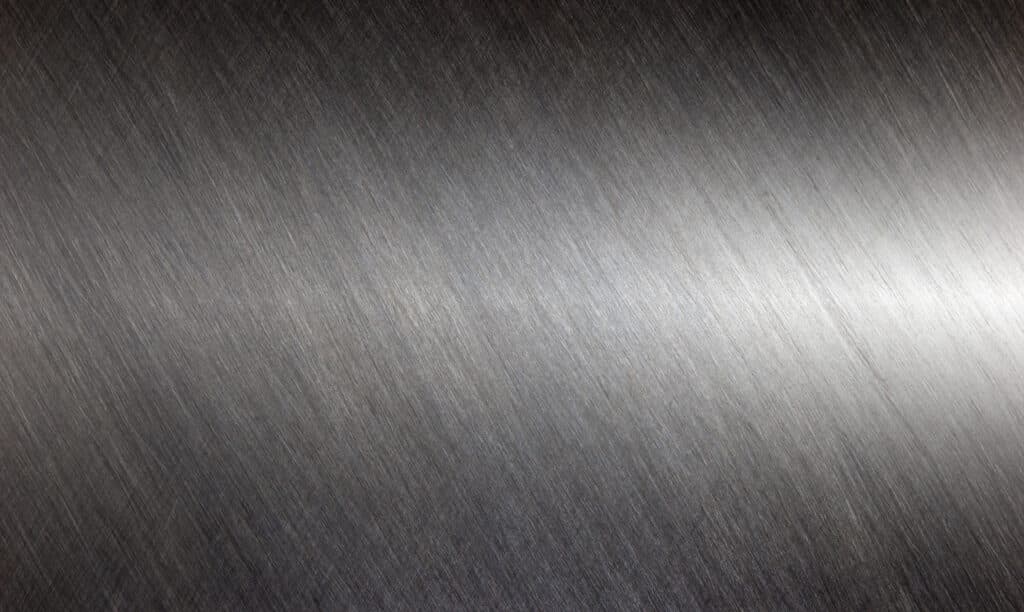
Stainless steel has long been the material of choice for kitchen appliances, sinks, fixtures, and even countertops. In addition to being sleek and modern, it promises to be corrosion-resistant. However, despite its durability, stainless steel can still acquire fingerprints, water spots, and some rust stains with time. When stainless steel is properly maintained, it will last a lifetime and will continue to look good for years to come. We delve into the best practices for keeping your stainless steel surfaces in top-notch condition.
Stainless steel is an iron-based alloy renowned for its resistance to corrosion, achieved primarily due to its chromium content of at least 10.5% by weight. When exposed to oxygen, this chromium forms a protective, self-repairing layer of chromium oxide on the surface, shielding the steel from oxidation and rust. There are various types of stainless steel, including austenitic, ferritic, martensitic, duplex, and precipitation-hardening, each tailored for specific applications. This material is appreciated not only for its corrosion resistance but also for its strength, aesthetic appeal, hygiene, and temperature resistance. Its versatility and unique properties make stainless steel a popular choice in diverse industries, from kitchenware and architecture to medical equipment and industrial machinery.
Wipe in the Direction of the Grain: Always notice the lines, or “grain,” of the stainless steel. Like wood, stainless steel has a certain direction to its finish. Cleaning in the direction of the grain reduces the chances of scratching the surface.
Use Soft Cloths: Microfiber cloths are ideal. They’re soft, non-abrasive, and don’t shed lint.
Avoid Harsh Chemicals: Bleach and chloride can damage the protective film on stainless steel. Always opt for mild detergents.
Warm Water and Mild Soap: This combination is often enough for daily maintenance. After wiping, always rinse with clean water and dry thoroughly to prevent water spots.
Glass Cleaners for Fingerprints: If your stainless steel is constantly covered with fingerprints, a simple glass cleaner can be your best friend. Spray on a cloth and wipe away those pesky marks.
Dish Soap for Grease: For stubborn grease spots, a drop of dish soap on a wet cloth, followed by a rinse and dry, does the trick.
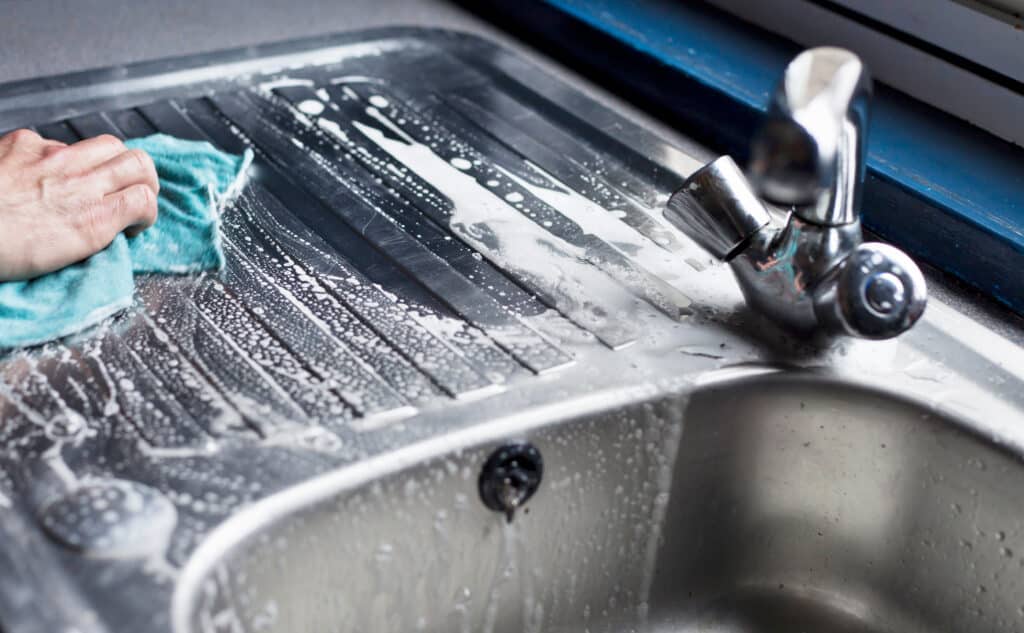
Baking Soda Paste: Mix baking soda with a bit of water to form a consistent paste. Apply it gently on stains, rubbing in the direction of the grain. Rinse and dry thoroughly.
White Vinegar for Limescale: Hard water can leave limescale deposits. Dampen a cloth with white vinegar, wipe down the surface, rinse, and then dry.
Maintaining stainless steel isn’t just about cleaning. It’s about preserving its integrity for years. Here’s how to play the long game:
Protect from Scratches: Use rubber mats in sinks to prevent dishes from scratching the surface. Be careful with sharp objects.
Rinse Chlorides: If you live near the coast, salt in the air can settle on surfaces. Rinse occasionally with fresh water.
Polish Occasionally: Specialised stainless steel polishes can give your surfaces a brilliant shine, restoring the luster of older installations.
Avoid Steel Wool: Steel wool pads can leave particles which can rust and stain the surface.
Be Mindful of Heat: Excessive heat can cause discoloration. Use heat-resistant pads under hot pots on stainless steel countertops.
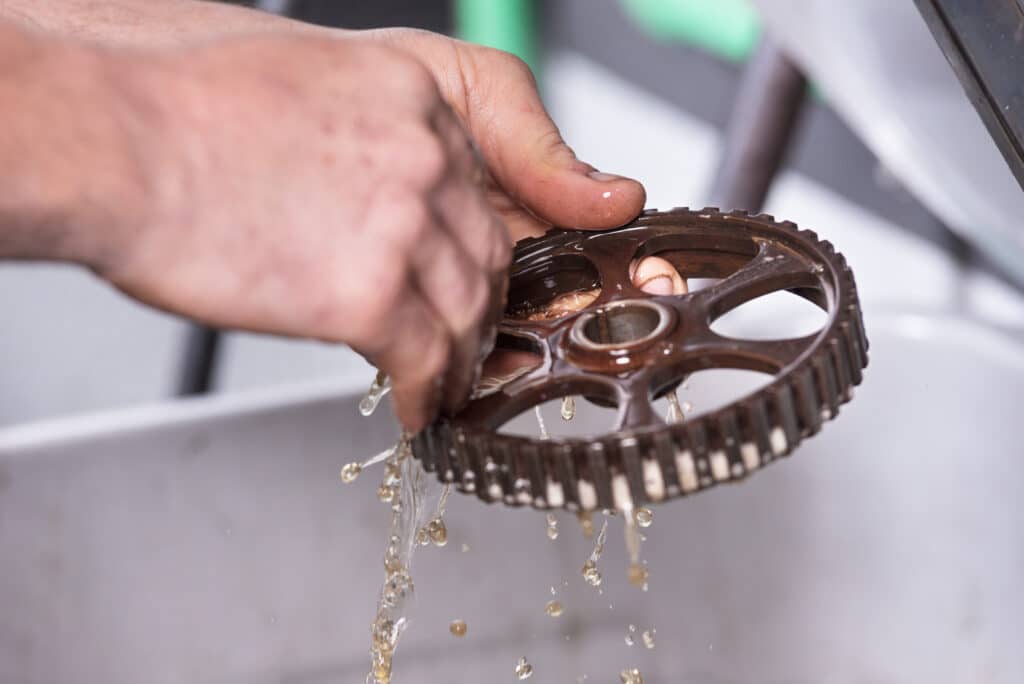
Prevention of Corrosion: While stainless steel is resistant to corrosion, it isn’t entirely immune. Proper maintenance, such as removing acidic or salty residues, can prevent corrosive processes from starting.
Durability and Longevity: Routine maintenance can extend the life of stainless steel products and installations. By addressing minor issues like small scratches or stains promptly, you prevent them from evolving into bigger problems that might compromise the material’s integrity.
Hygiene and Sanitation: Stainless steel is often used in kitchens, hospitals, and food-processing units because it doesn’t harbor germs easily. Regular cleaning ensures it remains a sanitary surface, free from harmful bacteria and pathogens.
Maintains Value: Whether it’s a household appliance or an industrial machine, well-maintained stainless steel items tend to have higher resale values. They show potential buyers that the item has been well-cared for.
Cost-Effective: While there might be an initial time or monetary cost associated with maintaining stainless steel, in the long run, it’s more cost-effective. Preventing damage or corrosion means you’re less likely to have to replace or undertake significant repairs on your stainless steel items.
Prevention of Stains and Discoloration: Fingerprints, water spots, and other marks can leave stainless steel looking less than stellar. Regular cleaning ensures that these are dealt with promptly, preserving the material’s natural shine.
Enhances Safety: In industrial settings, well-maintained stainless steel equipment can prevent accidents. Smooth, clean surfaces without rust or damage are less likely to fail under stress or use.
While stainless steel resists rust, it’s not entirely immune. If rust spots appear, don’t panic. Commercially available rust removers designed for stainless steel can address this. Follow the manufacturer’s directions and always test on an inconspicuous spot first.
Maintaining stainless steel surfaces might seem trivial in the grand scheme of home and kitchen maintenance. It is possible to maintain the shine and efficiency of stainless steel installations for many years with the right care and attention. Its beauty lies not only in its appearance, but also in its resilience. By following these tips, you can keep your space looking sparkling for years to come.
As always, thank you for checking out our blog. We hope that this helps you with your project.
Please also check out the other articles in our helpful guide series. We have written about ‘Metal Safety: Proper Handling and Storage Tips‘ and ‘Recycle Metal: A Step Toward a Greener Tomorrow‘ recently so why not check them out?
We are also proud to sell this product on our highly popular eBay store, check us out there too.
If you have any further questions, feel free to contact us.

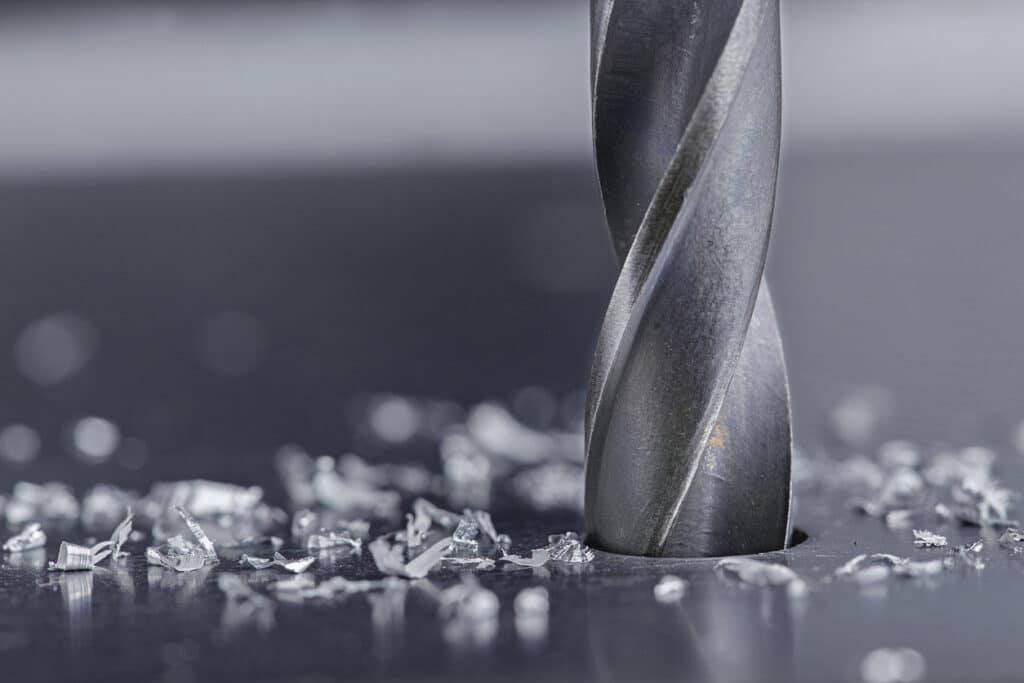
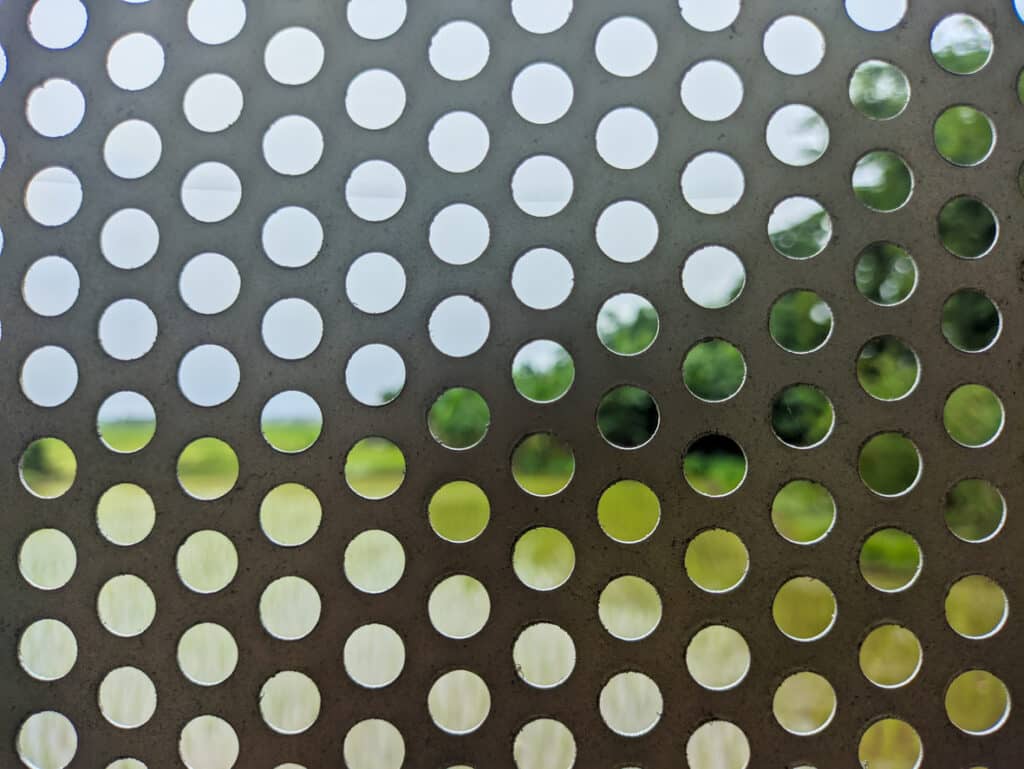
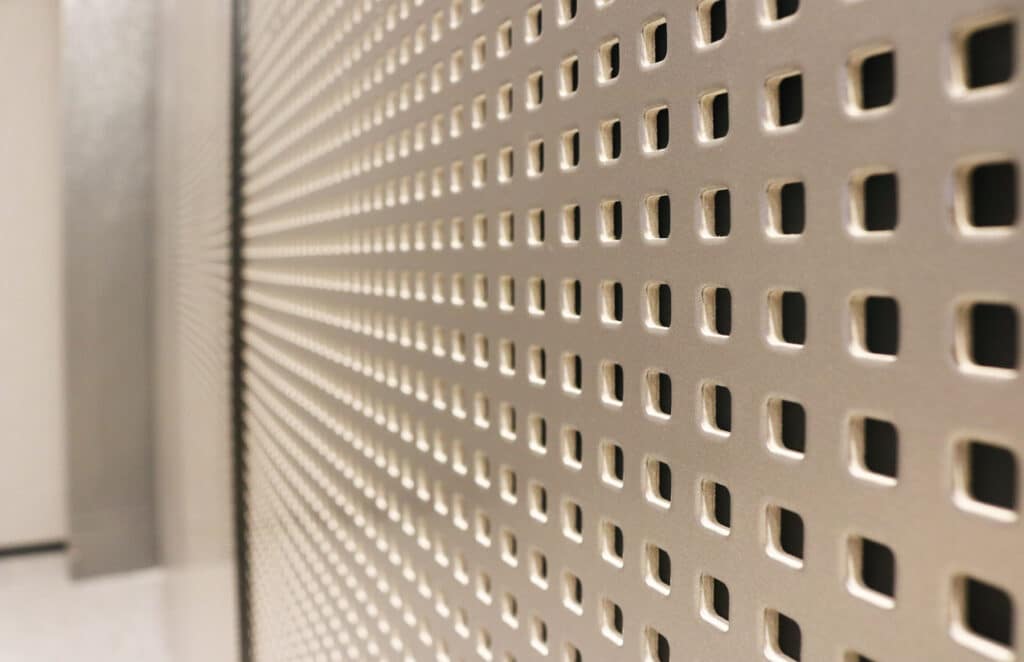
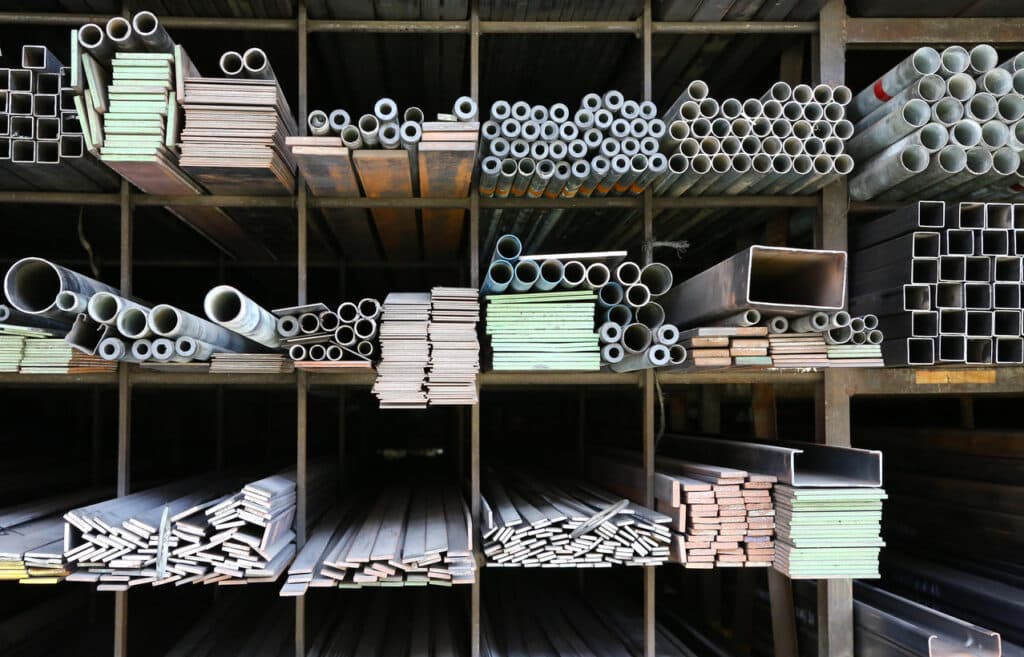
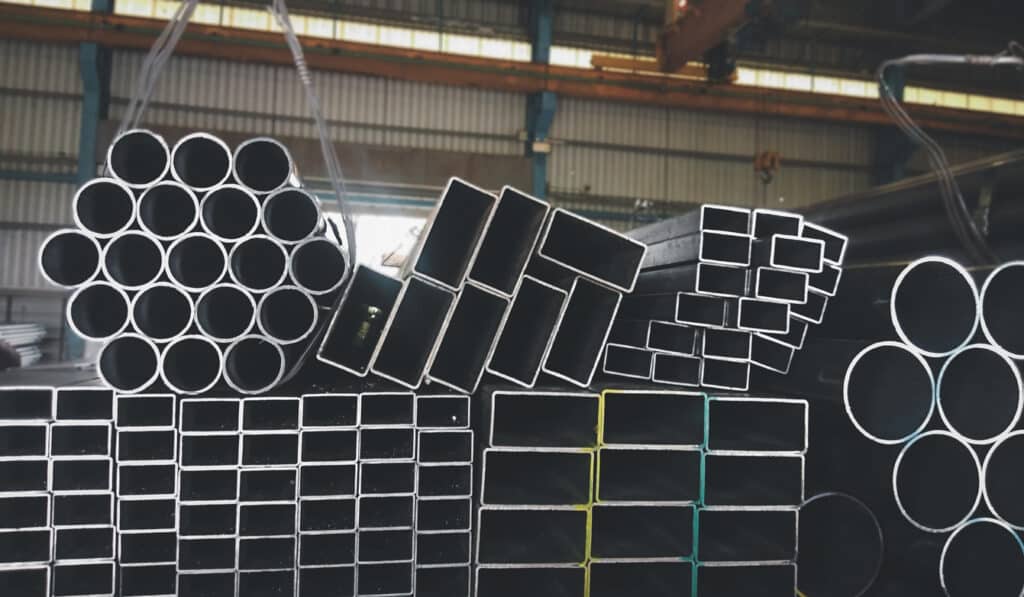
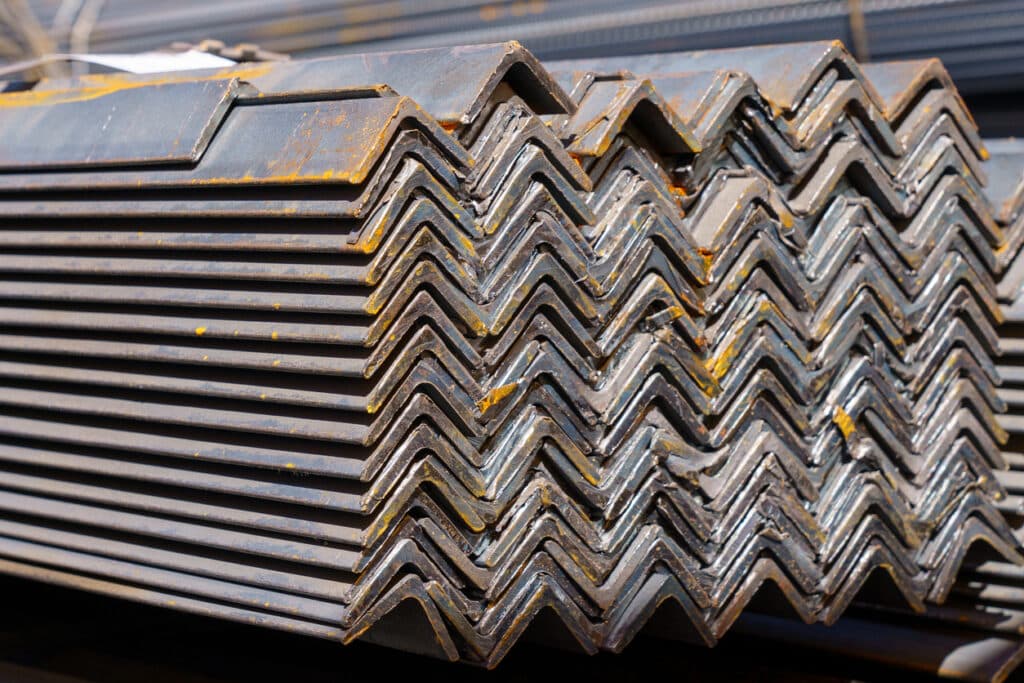

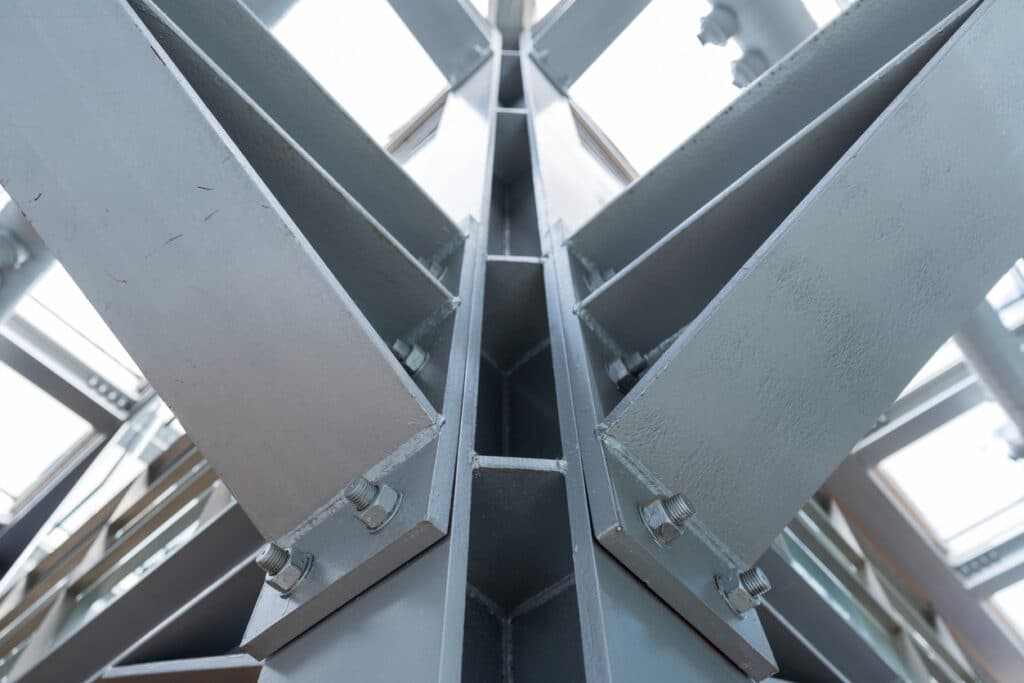
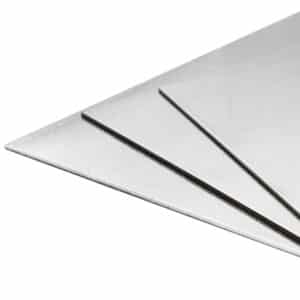
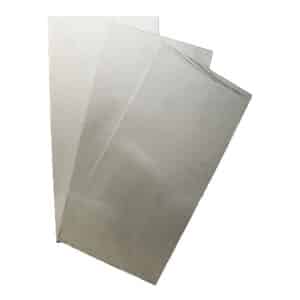
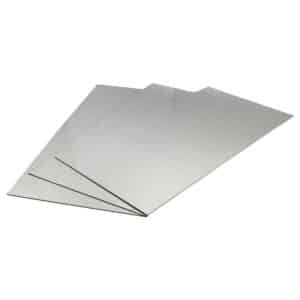
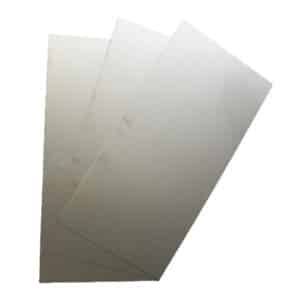
Speciality Metals
Unit 1, Farrell Street, Warrington,
Cheshire, WA1 2WW, United Kingdom
Quick Links
Payment Options
